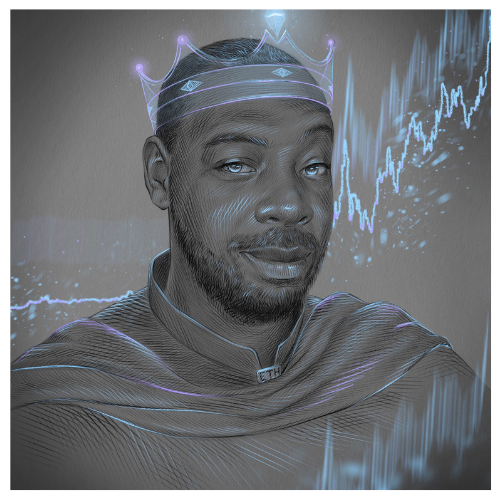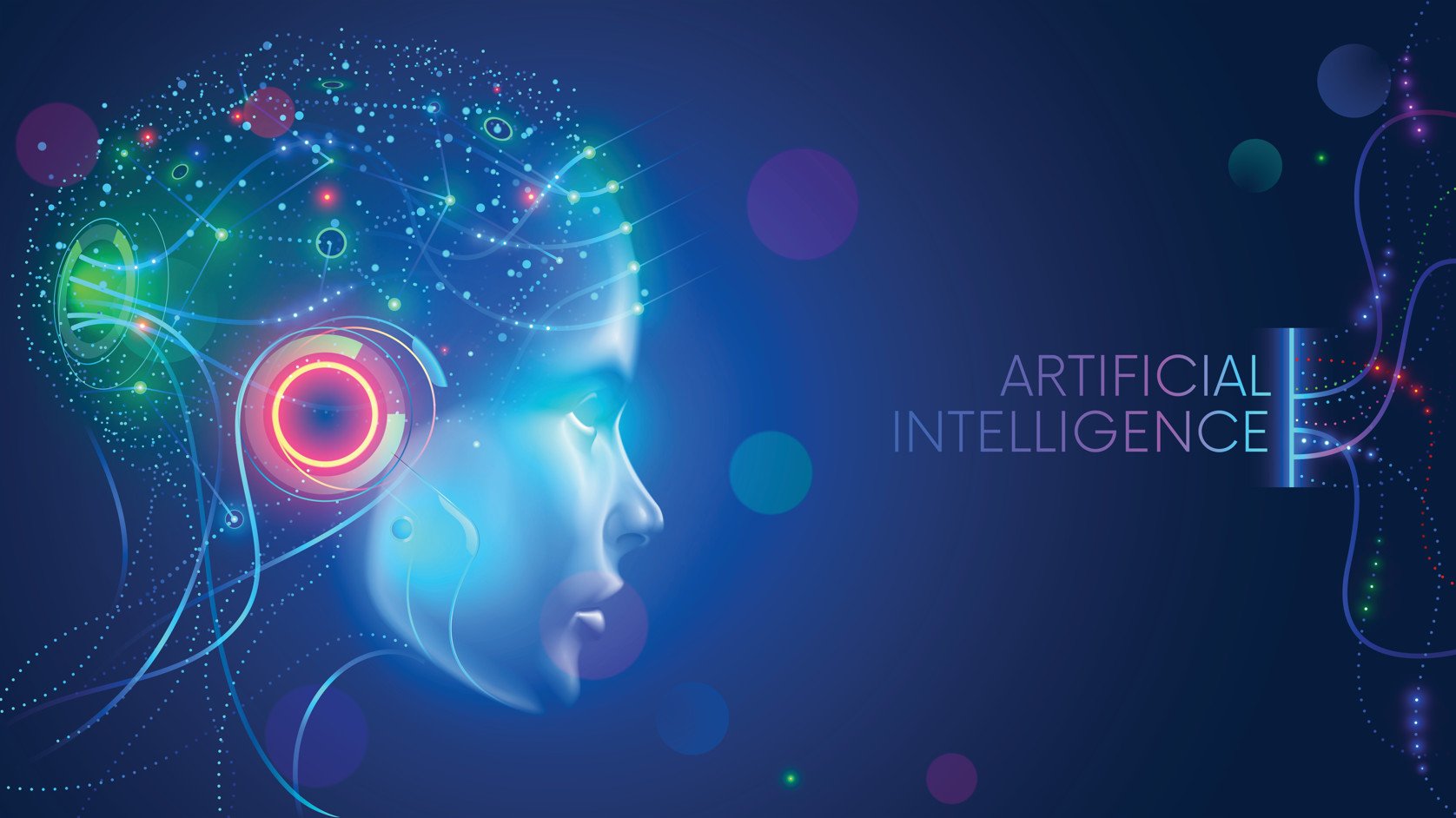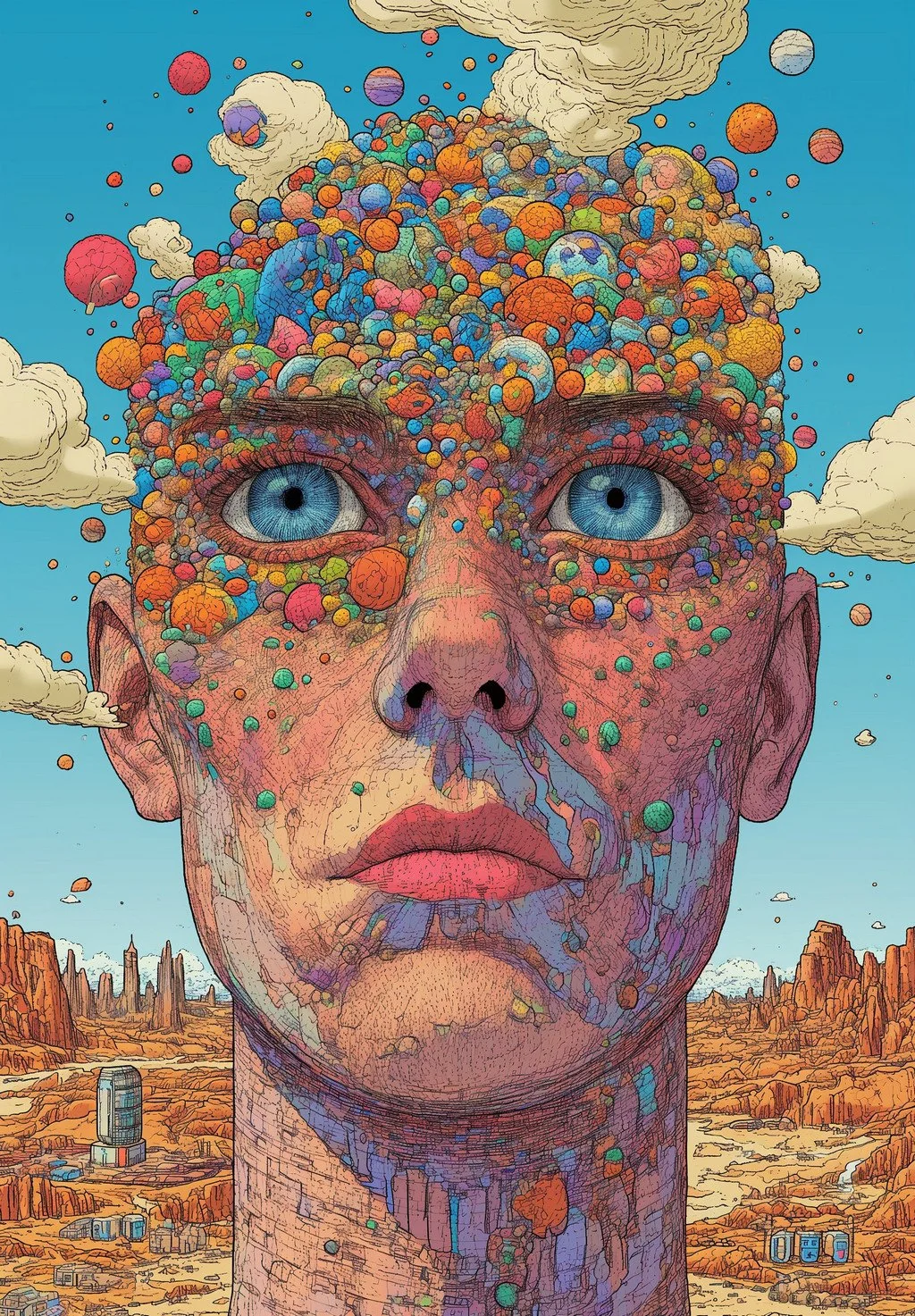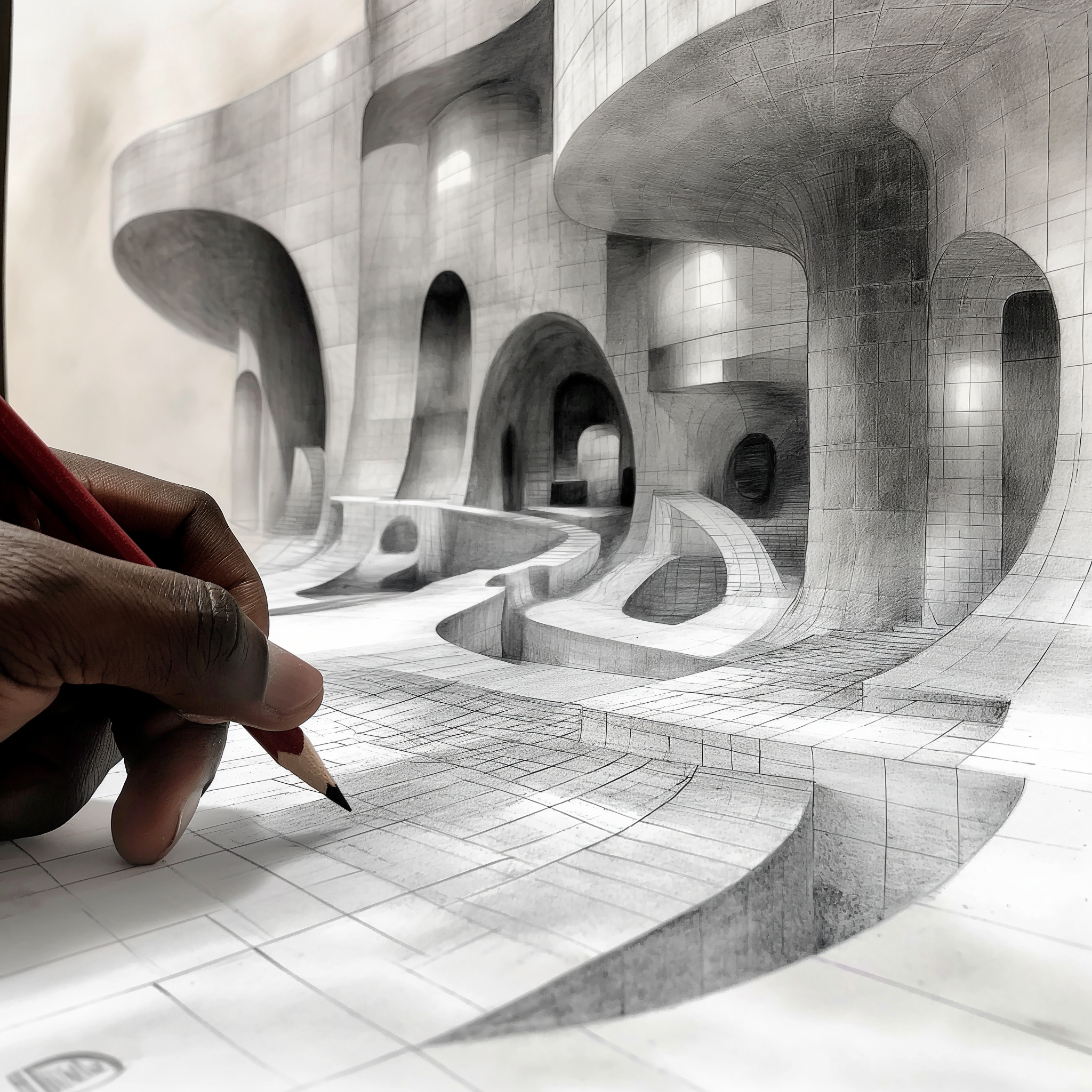Exploring the Future of Technology: My Insightful Journey into the World of AI
Greetings Warriors!
Welcome to our deep dive into AI technology – a topic that's rapidly reshaping the Art world. Whether you're an AI enthusiast or skeptic, it's undeniable that AI has left an indelible mark on these industries in recent months. From artists rallying to ban AI with the 'stop AI NOW' movement to enthusiasts defending its transformative potential, the debate is as diverse as it is heated. We're here to explore what AI is, what it isn't, and examine both its pros and cons.
Understanding AI: An In-Depth Look
AI, short for artificial intelligence, is a term that has been making waves across various industries. It refers to the simulation of human intelligence processes by machines, especially computer systems. These processes include learning (the acquisition of information and rules for using the information), reasoning (using the rules to reach approximate or definite conclusions), and self-correction. Particular applications of AI include expert systems, natural language processing (NLP), speech recognition, and machine vision. AI is essentially the backbone of creating machines that can perform tasks requiring human intelligence.
My Journey with AI Tools
Embarking on a journey to understand AI, I explored various tools like Chat GPT, Dall-E-2, and Mid-Journey. Integrating these tools into my daily routines, from substituting Google with chat GPT for searches to using AI for generating creative content like memes and morning posts, the experience was transformative. These tools, like a magic black box, cater to demands and desires effortlessly, functioning like a personal genie that brings ideas to life.
Chat GPT: A Closer Analysis
Chat GPT stands out as a general-purpose natural language response engine. It combines the vast information of Google with the precision of a dictionary. This tool is designed to respond to any question in a conversational manner, making interactions seem almost human. The ability of Chat GPT to understand context, remember past interactions, and provide accurate, detailed responses is groundbreaking. However, it also raises critical concerns about academic integrity and the potential for plagiarism in content creation.
The Controversy and Promise of AI-Generated Art
AI-generated art, particularly through tools like Mid-Journey and Dall-E 2, brought a new dimension to my research. While these tools simplify the process of creating general art concepts, crafting art with specific intent remains challenging. The rise of AI art in the NFT space has ignited significant debate, leading to anti-AI movements and copyright infringement lawsuits. This highlights the need for a critical discussion on the ethical use of AI in art creation and the protection of intellectual property.
AI Drama
An area of concern involves bad actors who deliberately take artists' work and teach AI to create artworks in those artists' styles, then pass them off as their own. In the case of the popular YouTuber/artist @samdoesarts, his art was downloaded from his website and used by a bad actor to train the AI to draw art like his, then pass it off as their own at a fraction of the cost. In one instance, a bad actor stole his art while he was live-streaming a drawing demonstration. This individual took screenshots of Sam's art during the live stream and, before it was over, had already stolen the art and generated it for sale. What a bold and horrible move. @samdoesarts is not alone; a countless number of artists have found themselves in similar situations where their art was stolen and passed off as someone else's. I firmly believe this is completely wrong; it's immoral, unethical, and in most cases, criminal. I also don't believe that this issue is unique to AI; the problem of plagiarism has been around for centuries and will likely continue indefinitely. However, AI does allow it to occur at a much faster pace. I hope that as a community, we can come together and clamp down on such behavior.
Understanding AI Source Data: Ethical and Legal Aspects
The ethical concerns surrounding AI source data are twofold. Firstly, there's the core dataset that powers AI platforms – the foundation upon which AI tools build their learning. This involves complex legal and ethical questions about the use of existing art. Secondly, the unethical practice of using artists' work without permission to train AI is a serious concern. This not only raises moral questions but also legal ones, as it infringes on artists' rights.
AI's Expanding Role in Creativity and the Future
The potential of AI extends beyond mere tool use; it offers transformative possibilities in creating reference material, inspiring concept designs, and even aiding in artistic innovation. The apprehension among artists regarding AI's impact on their profession is understandable. History shows that disruptive technologies, such as the printing press, camera, and digital tablets, have revolutionized our lives and work methods. AI represents the latest wave in this ongoing progression, challenging us to adapt and evolve.
Personal Reflections on AI and Creativity
As an artist and creative individual, I believe we are uniquely positioned to thrive with AI. Creativity and out-of-the-box thinking are key to maximizing AI's potential. Artists of the future might use their creativity not just for traditional art but for broader applications, like designing buildings, movies, and even laws using AI. However, this expansive potential of AI also demands responsible use and ethical considerations.
AI: A Tool for Good or a Double-Edged Sword?
While AI offers immense possibilities, it also presents significant challenges. The rapid development of AI technologies necessitates a balanced approach to ensure they're used for the benefit of society. This includes addressing issues like job displacement, privacy concerns, and the ethical implications of AI decisions. The goal should be to harness AI's capabilities to enhance human work and creativity, not to replace them.
The Future of Work in an AI-Driven World
As AI continues to evolve, the nature of work and the skills required in the workforce are also changing. There's a growing need for skills that AI can't replicate – such as emotional intelligence, creativity, and strategic thinking. The future workplace is likely to be a blend of human and AI capabilities, where each complements the other's strengths.
AI in Education: Reshaping Learning and Development
AI's impact is also being felt in the education sector. AI can personalize learning, adapt to individual student needs, and provide real-time feedback. However, this also raises questions about the role of teachers and the potential for AI to widen the digital divide between those with access to advanced technology and those without.
AI's Role in Healthcare: Revolutionizing Medical Care
In healthcare, AI is revolutionizing diagnostics, treatment planning, and patient care. AI algorithms can analyze medical data, identify patterns, and assist in making more accurate diagnoses. However, this also brings up issues of data privacy and the need for regulations to ensure AI's ethical use in healthcare.
Navigating the Ethical Landscape of AI
As AI becomes more ingrained in our lives, the ethical considerations become more critical. Issues like bias in AI algorithms, decision-making transparency, and the accountability of AI systems are at the forefront of discussions. Developing ethical guidelines and standards for AI use is essential to ensure its responsible deployment.
Conclusion: Embracing AI Responsibly
In conclusion, AI technology presents both exciting opportunities and significant challenges. Its implications in the Art world are just the beginning of its potential impact across various sectors. As we embrace this new era, our collective responsibility is to ensure the ethical and beneficial use of AI. Let's be the pioneers in this AI-driven world, using it to enhance human capabilities and enrich our lives.
My only concern is not whether we will learn how to use these tools, but rather whether we are mature enough as a society to use them responsibly. The wheels have already started turning, and the clock is already ticking; what's done is done. May we be merciful and compassionate in our use of these newfound powers we have developed... May God have mercy on our souls if we don't
If you found this discussion insightful, please like and comment with your thoughts.
#AI #ArtificialIntelligence #ArtWorld #DigitalTransformation #EthicalAI #CreativeTechnology #FutureOfArt #AIAdaptation #TechnologyImpact










